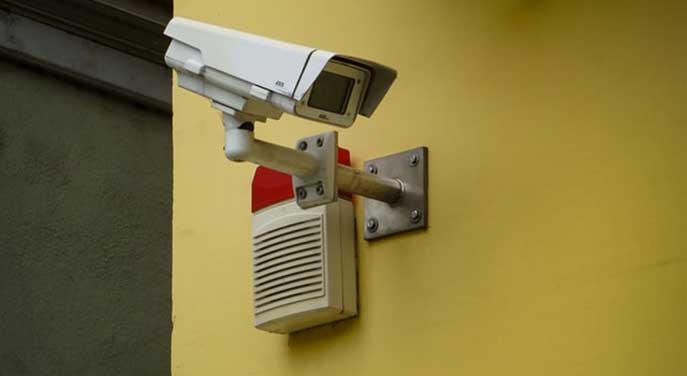 Business owners and managers increasingly deal with information overload, including from camera feeds.
Business owners and managers increasingly deal with information overload, including from camera feeds.
The cost outlay for a good camera system with extensive storage is dropping daily and new technologies that promise to process all this information continue to emerge.
But although it’s valuable information, it’s also exceedingly time consuming to sift through all the images.
However, like the business intelligence wave of the last decade, visual intelligence promises to revolutionize the way businesses handle visual information.
And although consumer groups are pushing back over privacy concerns, the need to watch over and protect assets outweighs any potential fallout from using visual recording technology.
Cameras are seemingly everywhere and growing in number. They’re placed on entranceways, exits, in front of bathrooms, on loading docks, shopping aisles, in ceilings and every other place you can find people.
Most camera feeds run to a back-office monitoring area or to an offsite monitoring service. In the monitoring rooms, people watch several screens in search of anomalous behaviour.
The problem with manual monitoring is that people miss things – they get tired and they make mistakes. The impact to a business of a monitoring mistake can range from minor to catastrophic.
Manual monitoring can also create a security gap because people can be distracted. A well-timed crisis in camera’s view can be used to distract monitoring from activity in another location.
|
Related Stories |

|
| Wake up your employees to cyber security risks
|
| Food industry must tighten security in face of cyber attacks
|
| Wading through the authentication quagmire
|
Some businesses with cameras don’t do real-time monitoring. Instead, videos that are thought to contain key data are reviewed when an incident occurs. There are several problems with this approach: incidents are easily missed, reviewing footage is time consuming and manual review can be very expensive.
The alternative is to employ visual intelligence.
Visual intelligence, an emerging technology, has become incredibly effective in recent years due to advances in artificial intelligence, in machine learning and in the computing hardware that runs intelligence processes. Some of the applications include face identification, incident recognition, behaviour monitoring, object identification and even face or activity prediction.
There are obvious advantages over manual processes:
- costs can be considerably reduced;
- recognition can be performed continuously;
- recognition systems can’t be distracted;
- analytical intelligence can be performed in ways that exceed human capacity.
One application of visual intelligence is implementing do-not-allow policies.
In retail stores, banks, secure buildings and other high-security areas, guards are often used to watch for known individuals who shouldn’t be allowed entrance. But guards have limited and inefficient memories and are easily distracted.
Shrinkage (theft) costs retail businesses in North America over $45 billion annually and retail stores are looking for ways to reduce that financial burden.
Face recognition systems have been used effectively in these environments to identify, in real time, individuals who shouldn’t be allowed entrance or at least monitored carefully.
Behaviour recognition can also detect and predict actions in real time.
In long-term care facilities, patients fall when unsupervised. And in unmonitored public areas, vandals and graffiti artists can quickly damage a building, requiring costly repairs.
Behaviour recognition technology can detect when these actions are about to happen and immediately send specific messages to appropriate individuals to manage such situations.
Visual intelligence is a growing trend in the retail, security and health industries. The technology is effective and business owners are finding many more applications daily.
Bruce Matichuk is an artificial intelligence specialist and the chief technology officer of AiDANT Intelligent Technology, developer of AiDANT Recognition, a visual intelligence system.
For interview requests, click here.
The opinions expressed by our columnists and contributors are theirs alone and do not inherently or expressly reflect the views of our publication.
© Troy Media
Troy Media is an editorial content provider to media outlets and its own hosted community news outlets across Canada.

